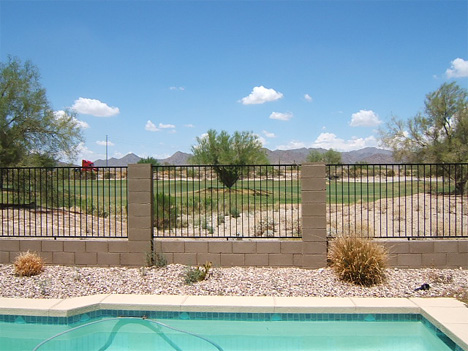This is my column for this week from the Arizona Republic (permanent link).
August was a great month for real estate sales, but when 40% of buyers are pushed off the playing field, home prices could plummet
We won’t have reliable numbers for a few days,* but preliminary results leave no doubt that August was a huge month for real estate sales in the Valley of the Sun. Not for prices, alas, which continued to slide by around 1.5% last month. But, of the bread-and-butter suburban tract homes we track, around 200 will have sold, a two-year high.
September promises to be a banner month also, with nearly 280 homes currently under contract. Not all of those homes will make it through the escrow process, but most of them will.
What accounts for all this activity? The single greatest factor is seller-paid down-payment assistance programs like AmeriDream and Nehemiah. An FHA loan requires a 3% down-payment, and these grant programs permit the seller to fund the grant, along with up to 3% more for closing costs. The upshot is that buyers can take possession of the home for “nothing down.”
In recent months, down-payment assistance programs have accounted for as much as 40% of sales of resale homes, and as much as 90% of new-build sales.
Here’s the catch: Under the mortgage relief act recently signed into law, seller-paid down-payment assistance will be forbidden. The restriction takes effect on October 1st, but most lenders have already closed the window on new AmeriDream and Nehemiah loans.
It’s possible these programs will be reinstated by future legislation, but, even if they are not, it’s not the end of the world. It’s no great challenge to find a decent starter home for $100,000. And if buyers cannot manage to save up $3,000 for a down-payment ($3,500 after October 1st), acquiring a huge new debt may not be the best solution to their financial problems.
But the short-run prognosis seems pretty obvious: When 40% of resale buyers are forced onto the sidelines, the downward pressure on prices should accelerate.
The bottom line: If you’re prepared to buy a house in the Phoenix area, either as your residence or as an investment, prices could be very attractive.
*Final results for August 2008 are reported in the BloodhoundRealty.com Market Basket of Homes.
Technorati Tags: arizona, arizona real estate, investment, phoenix, phoenix real estate, real estate, real estate marketing

